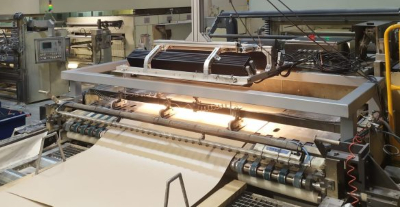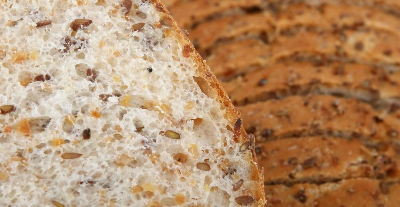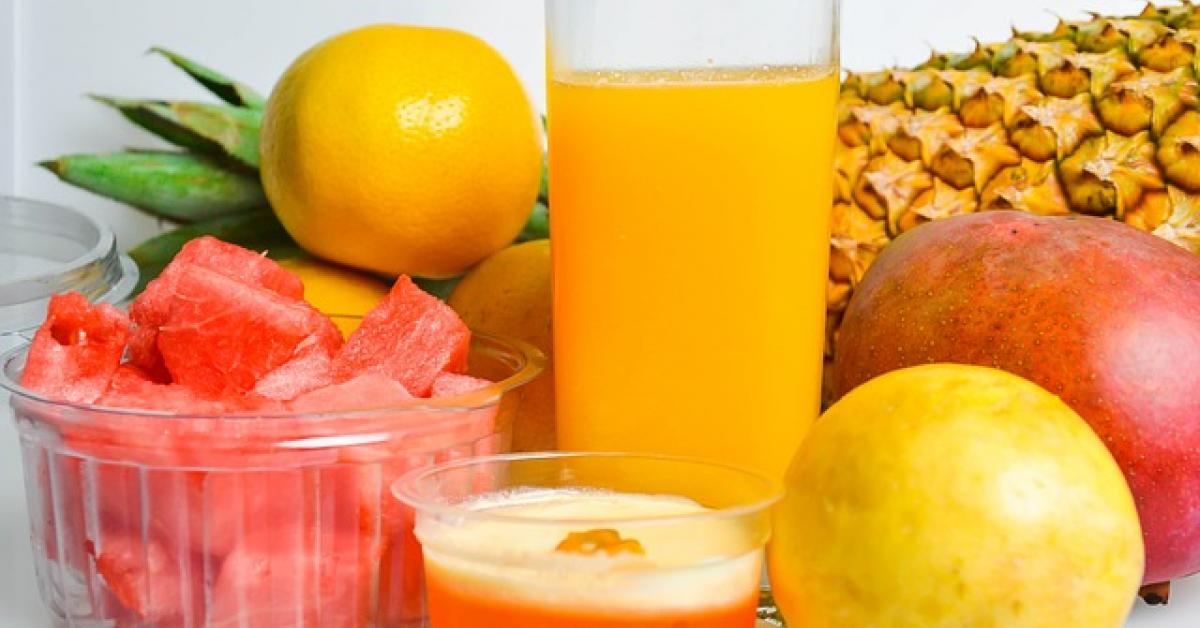
 IRIS Technology develops the first industrial system for the chemical control and inspection of melamine boards
IRIS Technology develops the first industrial system for the chemical control and inspection of melamine boards
 Real-time moisture control in breads, doughs and toast?
Real-time moisture control in breads, doughs and toast?

Real-time Brix control with NIR technology: a competitive factor for production and commercialisation.

In the fruit and vegetable industry, as well as for fruit products (juices, purees, concentrates, among others), a critical value either to determine quality standards, commercialisation, ripeness or to adjust the recipe of certain food preparations, are the Brix degrees. In this article we will talk about this, how this control is currently carried out in certain industries and how Brix degrees can be controlled in real time with NIR technology and its benefits.
The Brix degree (ºBx) is a parameter strongly correlated with the content of soluble solids and, in particular, sugars, therefore, and because it is relatively easy to measure, it is often used as a process and quality control criterion. In many cases, the acceptance criterion for semi-products and products is simply based on a certain threshold value expressed in Brix. In the case of fruits, the quotient of Brix to total acidity is the usual, and even legal, criterion for determining the degree of ripeness.
Currently, in the vast majority of the industry, this ºBx control is carried out by traditional laboratory methods, where „representative“ samples are taken from a batch and subjected to a conventional destructive technique such as refractometry or HPLC analysis. This traditional method, in addition to having a cost (of specialised personnel, time and equipment), is not sufficient to cope with the high variability in the quality attributes present in fruit and vegetable batches, nor with the need of the fruit and vegetable processing industry to monitor this parameter in real time and be able to adjust the other components of the „recipe“ of its product, according to the parameter of interest. In other words, monitoring this parameter online for the processing industry means optimising all process inputs and standardising the quality of the final product. For fruit and vegetable growers, analysing ºBx with a portable Visum Palm™ NIR analyser, for example, is useful to save laboratory time, determine their marketability and even improve the terms of trade with their customers and guarantee more quality to the domestic and export market. At the same time, a NIR analyser, in any of its versions, is capable of performing, depending on its concentration, added measurements such as total acidity, pH and the concentration of other analytes of nutritional or organoleptic interest.
An application case
A major producer of fruit-based food preparations, occasionally enriched with dairy products, in order to be able to standardise its products to meet the requirements of its customers – supermarket chains – requested an in-line solution, flexible enough to be compatible with its wide range of products.
This solution, based on a Visum NIR In-Line™ analyser for liquids, included not only the Visum In-Line hardware and its adaptation to the characteristics of its line, but also at software level the development of a library of predictive models capable of continuously determining the Brix and pH of different „families“ of products with respective maximum inaccuracies of 0. 5 for ºBx and 0.1 pH, which constituted a global and adequate solution for making technological decisions in real time to guarantee the standardisation of the product and its quality within the limits required by the client.



